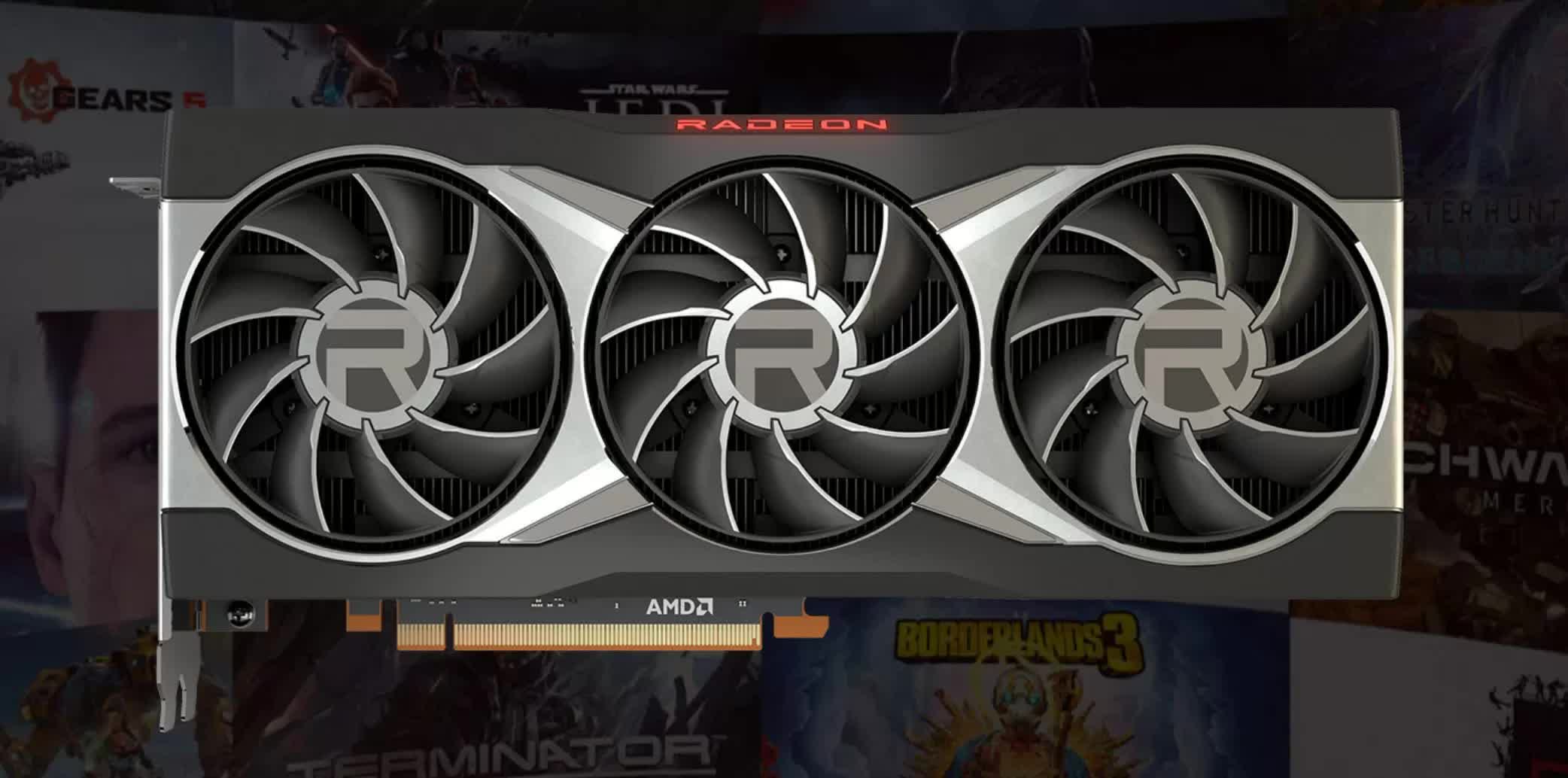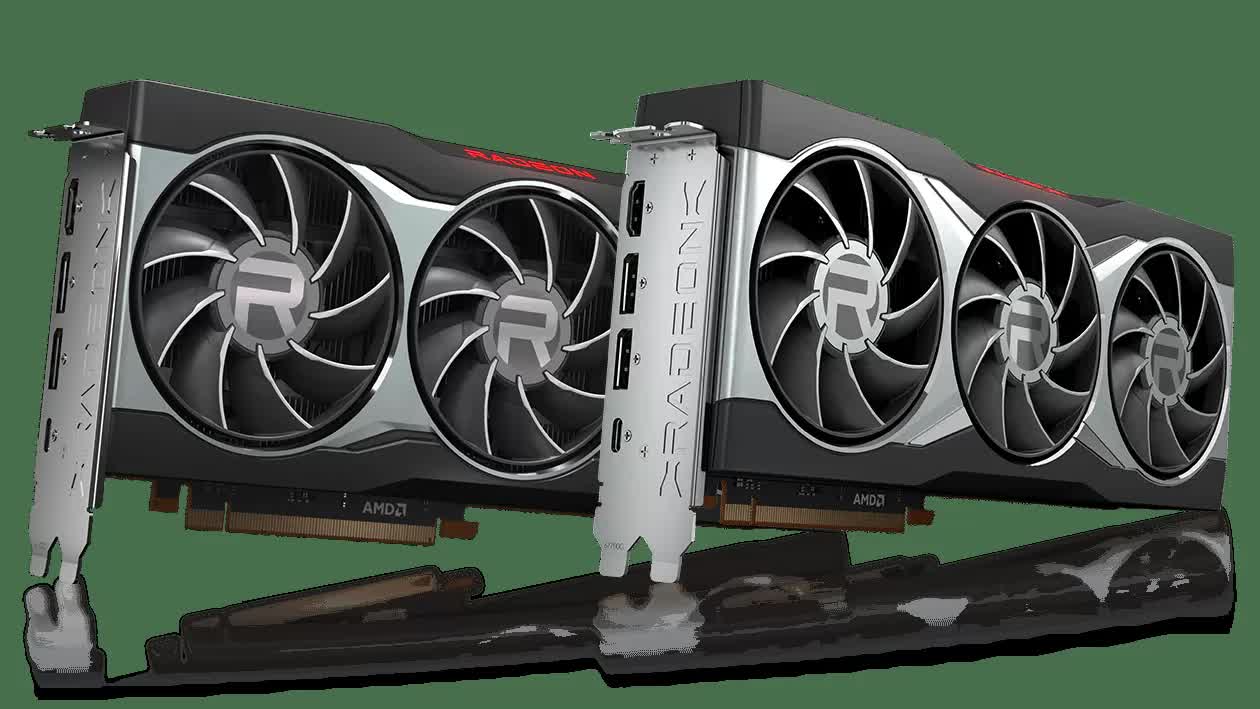In a nutshell: Nvidia's deep learning supersampling (DLSS) technology got off to a rocky start when it first arrived, but it improved substantially with its second iteration, DLSS 2.0. Unfortunately, it might be a while before we see how solid AMD's alternative is. Though the Red Team's next-gen GPUs are set to release this month, the company will not release its supersampling tech until sometime after its cards launch.

This news might disappoint AMD fans, but it's worth noting that Nvidia's supersampling technology also took a few months to properly launch. The first RTX GPUs arrived in September 2018, but DLSS 1.0 didn't get any actual in-game implementations until February 2019.
Unfortunately for Nvidia fans at the time, the extra development time didn't lead to a better initial product. Still, the case may well be different for AMD -- the company has the benefit of being second to market, after all, which means it could learn from Nvidia's mistakes here.

Regardless, AMD's supersampling implementation, aptly called "Super Resolution," will be much more accessible to general consumers than DLSS itself. Whereas DLSS is locked down and available only on RTX cards, Super Resolution will be both "open" and "cross-platform."
We don't know exactly what that will mean in practical terms, but it seems likely that next-gen consoles -- which are powered by AMD GPUs -- could receive the feature at some point.
At any rate, even without Super Resolution's day-one availability, AMD's Radeon RX 6000-series GPUs are looking fairly promising so far -- at least, if the company's own internal benchmarks can be trusted.
https://www.techspot.com/news/87426-amd-uper-resolution-dlss-competitor-wont-arrive-launch.html